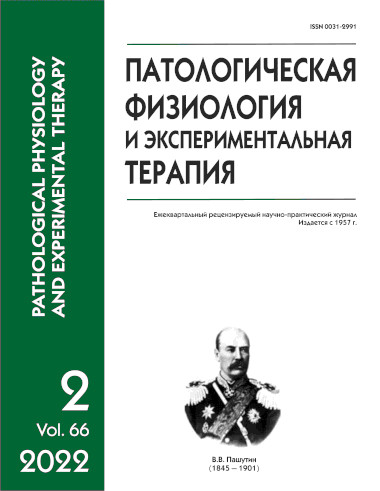New opportunities for diagnosis and investigation of the pathogenesis of various types of inflammation
Abstract
Neutrophil extracellular traps (NETs) arise as a result of the release of granular and nuclear contents of neutrophils into the extracellular space in response to various classes of microorganisms, soluble factors and own modified antigens. Many studies have demonstrated that the formation of NETs is an effective mechanism for combating invading microorganisms, since insufficient release of NETs or hydrolysis of the main nucleotide chain of NET by bacterial DNases increases susceptibility to infections. The main role of NET is to prevent the spread of microorganisms. It is generally believed that the formation of NETs should be strictly regulated to avoid tissue damage and excessive hemocoagulation. The aim of the study was to identify the main morphological structures of NETs depending on the type of inflammatory process. Methods. The study included 18 patients with various types of inflammation (abdominal abscess, appendicitis, pancreatic necrosis, calculous cholecystitis) in the acute period of the disease with high rates of leukocytosis (10-12 103/µl). NETs were stained with a fluorescent dye for double-stranded DNA, SYBR Green (Evrogen), and visualized and counted using fluorescence microscopy. Results. The study showed that, with a benign course of an acute infectious process, neutrophils emit one or more DNA strands, which then branch and form the network structure. In the future, the fibers of the network retract, capturing microorganisms. With necrotic inflammation, the network is not formed, but instead a veil-like structure consisting of thin strands of DNA appears. Aseptic inflammation is characterized by a special morphological form, i.e., a threadlike form. Neutrophils, with this type of inflammation, emit a single strand with DNA of considerable length. Conclusion. Thus, our proposed method of visualization of native NETs has shown high efficiency. It allowed us to identify different structures of NETs in various types of inflammation (infectious, necrotic and aseptic), which seems relevant and opens up a new direction in pathophysiology of inflammation.






